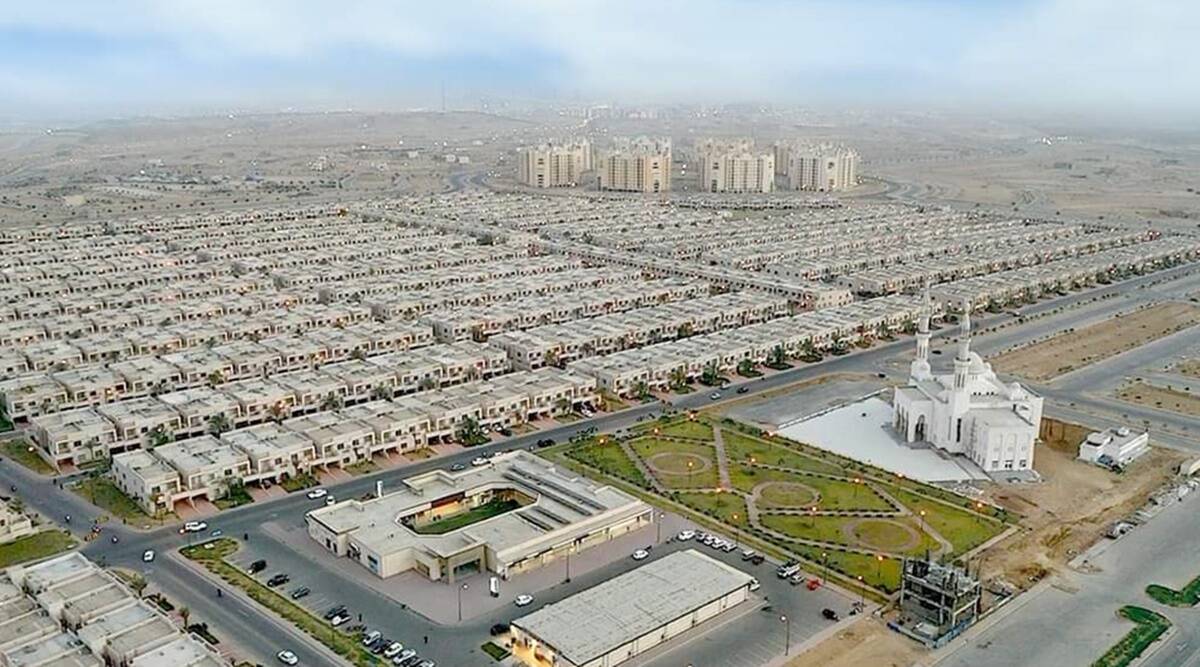What Are The Causes of A Housing Shortage in Pakistan

The recent housing shortage is a very serious problem. In many cities, the number of people living without adequate shelter has increased by more than fifty percent in the last two years. It is estimated that at least five million families are now homeless in Pakistan.
In Karachi, for example, the population has grown from 8.5 million to 10.3 million over this period. During the same time, the total area of land available for building houses has not changed appreciably, and there has been no significant increase in construction activity. As a result, about one-third of the city’s population lives in slums or makeshift shelters. This means that every fourth person in Karachi is either homeless or sharing his/her house with up to three other family members.
The reasons behind this crisis are many and complex: political instability, economic problems, demographic shifts, natural disasters, war, and environmental degradation have all played their part. However, one factor stands out above all others – the lack of affordable housing.
There is an acute shortage of land for development in Pakistan. Only 3.2 percent of the country’s land is arable. The rest is either desert, mountainous or unsuitable for agriculture. Moreover, most of this land is already occupied by people who are unable to afford homes.
This situation is particularly acute in Sindh province where, according to official statistics, over half the population (1.7 million) lives without adequate shelter. Most of these people live in shanty towns built on reclaimed land near the coast. These areas are popularly known as “Dharas”, which literally means “land reclaimed from the sea”.
The Dharas were created when people began reclaiming land after the disastrous floods of 2005. The government encouraged them to do so, believing that the resulting land would be used for development projects. However, most of it was never developed because of lack of resources and skilled manpower.
Today, almost all of the Dharas are inhabited by poor people who have migrated from rural areas and other parts of the country in search of work. They have little money, and the only way they can afford to build homes is to rent land from local landlords. But even this option is expensive. Landlords charge anywhere between Rs. 500 and Rs. 1000 per square meter. On top of this, the cost of building a house is another Rs. 500 to Rs. 1,000. In short, the average household in Dharas spends more than four times its income on housing.
However, the situation is not all bleak. There are some positive signs. Over the past few years, the government has begun to provide financial assistance to people who want to build new houses. Some of these funds have been used to help the victims of the devastating earthquake in Baluchistan in 2006. More recently, the government has also started providing subsidized loans to homeowners. However, the number of such loans issued so far is less than 100,000.
Final Words
The causes of the housing shortage are many and complex. However, the solution is equally simple – we need to develop more land. If we can reclaim more land, build houses for those who cannot afford them, and give subsidies to people willing to build new homes, then the housing shortage will go away.
The government should start by focusing on the Dharas. This is the cheapest and easiest way to solve the housing crisis. At present, the land is being rented out at high prices to people who are unable to pay. If the government can provide cheap loans to these homeowners, it will not only improve the living conditions of millions of poor people but also create jobs.





